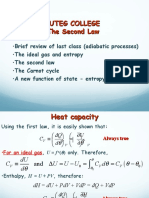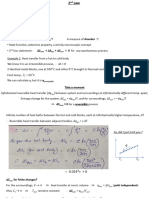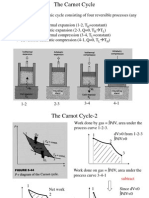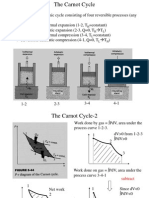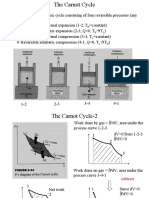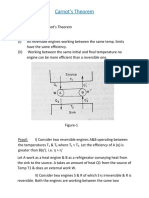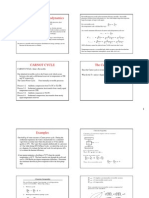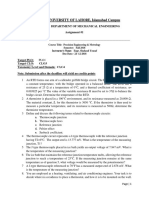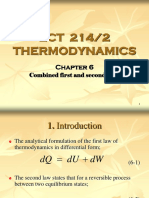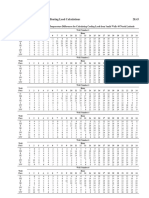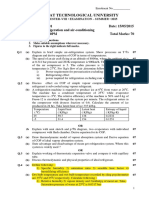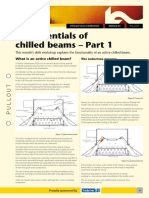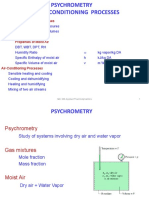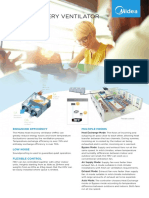0% found this document useful (0 votes)
15 views8 pagesLecture 24
This document covers the Second Law of Thermodynamics, focusing on reversible processes, Carnot cycles, and the efficiency of heat engines. It explains the concept of absolute temperature, the relationship between ideal gas temperature and absolute temperature, and introduces the concept of entropy. Additionally, it includes examples and exercises related to the Carnot cycle and its applications.
Uploaded by
laijovic616Copyright
© © All Rights Reserved
We take content rights seriously. If you suspect this is your content, claim it here.
Available Formats
Download as PDF, TXT or read online on Scribd
0% found this document useful (0 votes)
15 views8 pagesLecture 24
This document covers the Second Law of Thermodynamics, focusing on reversible processes, Carnot cycles, and the efficiency of heat engines. It explains the concept of absolute temperature, the relationship between ideal gas temperature and absolute temperature, and introduces the concept of entropy. Additionally, it includes examples and exercises related to the Carnot cycle and its applications.
Uploaded by
laijovic616Copyright
© © All Rights Reserved
We take content rights seriously. If you suspect this is your content, claim it here.
Available Formats
Download as PDF, TXT or read online on Scribd
/ 8
